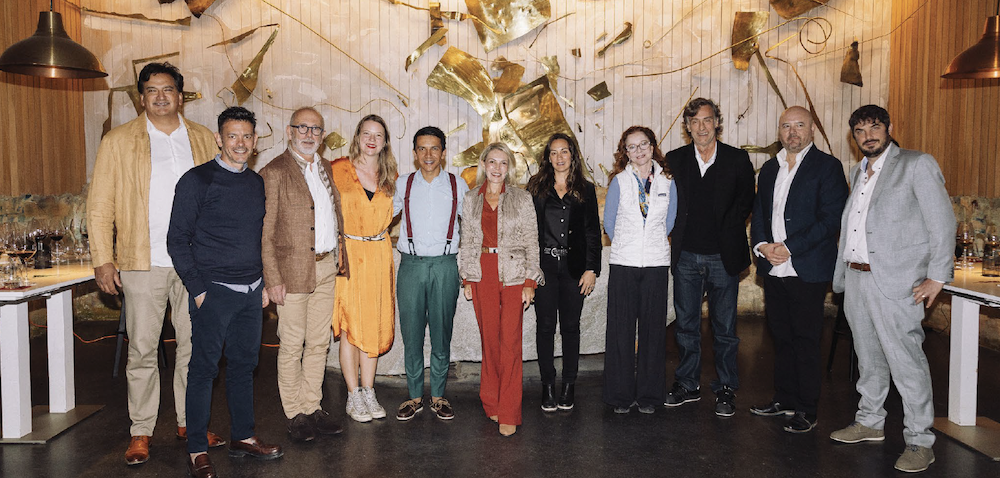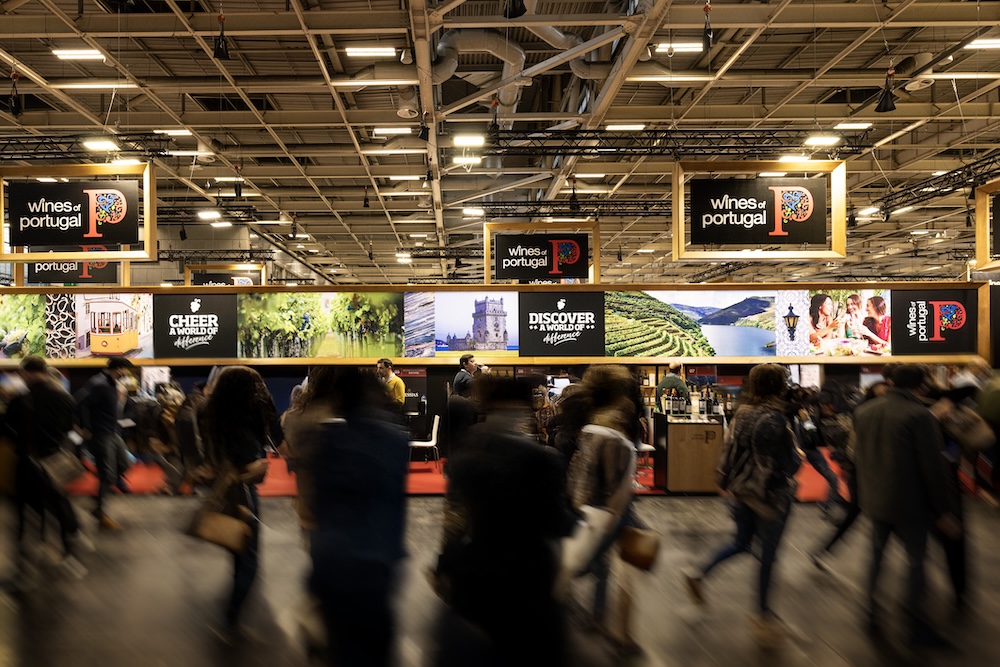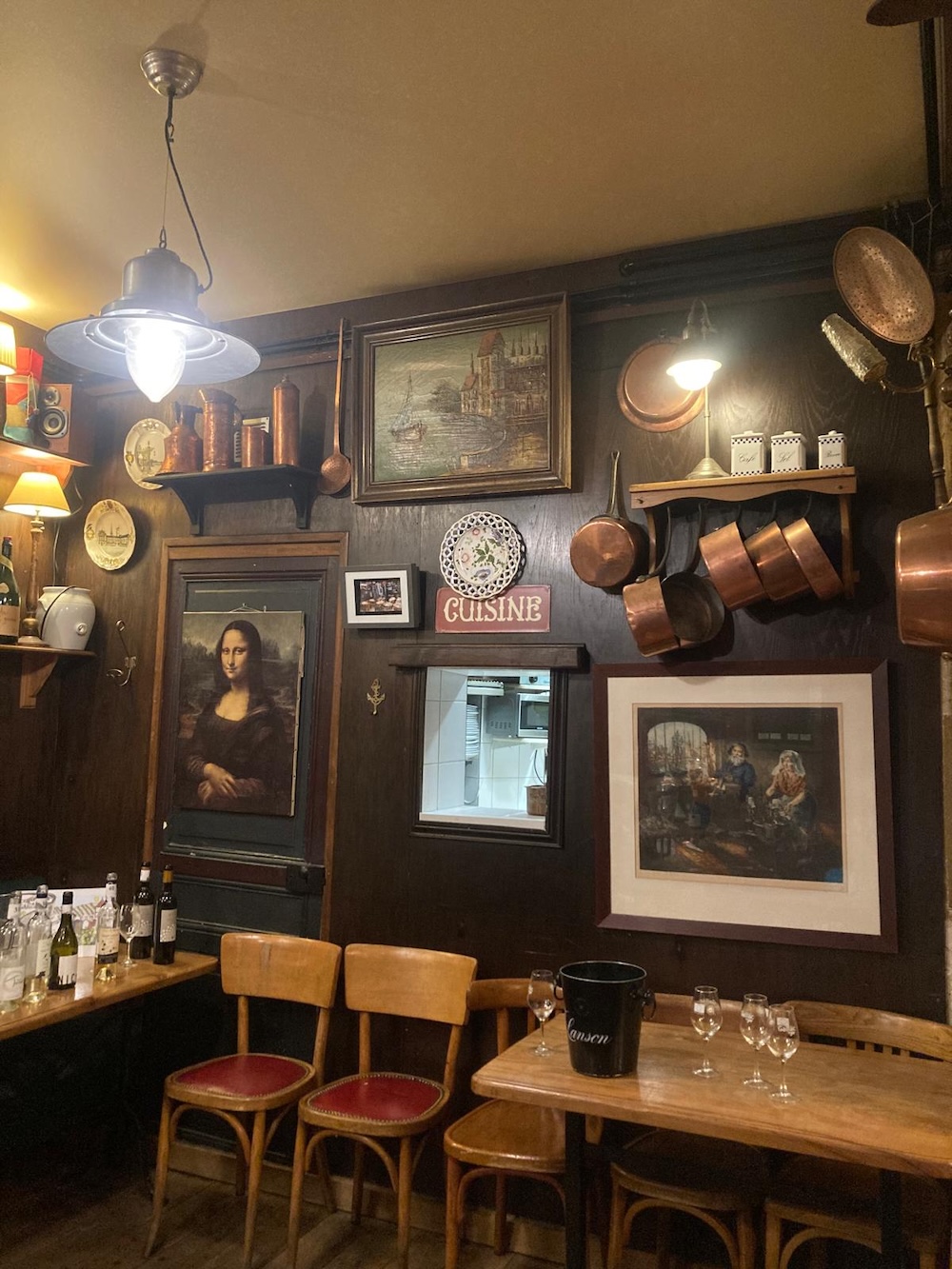
Discovery

Discovery
By Isabelle Escande – Photographs: courtesy of the estates, posted on 15 July 2025
Ranked world wine tourism champion at Fibega, the international exhibition for gastronomy tourism, in 2024, Portugal has recently emerged as the top destination for wine tourists. Neighbouring Spain, one of the first European countries to focus on wine tourism and sense its potential, comes hot on its heels. The move makes sound financial sense as the market currently generates several billions of euros in annual revenue…
Things have certainly come a long way since the humble start to wine tourism in the 1970s. The industry now attracts millions of visitors – Rioja alone welcomes over 800,000 visitors a year – and wine regions have become full-fledged destinations. The traditional visit and tasting have been superseded by a variety of innovative choices, ones that are not just geared to the seasoned wine enthusiast.
Why the popularity, though? Wine tourism caters to a number of current demands such as the search for authenticity, crafts and local activities. Wineries have taken these new visitor expectations on board, realising that visitors are not so much there for education as for the unique experience on offer. This explains why wine companies have proven themselves to be highly imaginative when it comes to introducing visitors to their vineyards and facilities.
Attracting such large numbers of visitors with high disposable incomes creates the ideal opportunity for wine companies currently suffering from a challenging economic environment. Global wine consumption is down, particularly among younger generations, production costs have risen across-the-board and competition is tough. Wine tourism offers a way of introducing consumers to products, standing out from the crowd and of course selling wines. But it is also much more than that. It is a conduit for sharing a story and a lifestyle that are specific to a particular place. It reconciles tourism with the local context and has proven to offer an alternative to mass tourism which destroys local identities. Four bodegas, two Spanish and two Portuguese, share their viewpoints along with the issues behind wine tourism and the activities they have introduced to promote its development.
Consumer aspirations change, as do those of the winegrowers themselves, particularly the younger ones who are more inclined to open their businesses up to visitors. “Wine tourism is a natural extension of our passion for wine and our profession. Right from the outset, we have aimed to develop wine tourism, which is now an integral part of who we are”, stresses Cláudia Santos, brand manager at AdegaMãe. The winery was officially opened in 2011 in the Lisbon region near the Atlantic Ocean. There are multiple options for discovering the property’s fresh, mineral wines. They run the gamut from guided tours and wine tastings to gourmet food experiences, wine tasting brunches and specific programmes like ‘winemaker for a day’. All of them, though, share the same goal – to allow wine tourists to enjoy a unique experience. AdegaMãe’s choice of activities allows it to reach out to a broad-ranging audience, but the company is well aware that experiencing a unique adventure is a theme common to all. “We have witnessed an increase in demand for customised experiences. More and more visitors are looking for authentic experiences that give them total immersion into the wine space”.
The property can leverage its outstanding setting and also its modern architecture as magnets for attracting visitors, which come from within Portugal and overseas, adds Santos. They can draw them into their world, but that is not the sole issue at stake. “Wine tourism creates a stronger bond between our wine, food and the region”. The company’s efforts to establish this connection have indeed paid off – it has received several accolades, most notably the National APENO Wine Tourism Award in the ‘Best Wine Tourism Restaurant in Portugal’ category, awarded to its Sal na Adega culinary space.

Located in Torres Vedras, AdegaMãe has 100 hectares under vine

The restaurant at AdegaMãe was awarded the title of ‘Best Wine Tourism Restaurant in Portugal’
Compared with other Portuguese wine regions, and despite its huge potential, Lisbon still has “a long way to go until it can attract more visitors and position itself as a wine tourism benchmark”. In the meantime, AdegaMãe is on a mission to help boost its growing recognition with its quality choices. And of course, as Santos points out, the nearby capital city is a precious ally. There is therefore no excuse not to visit this beautiful region with its time-honoured history of growing vines and making wine.
The room reserved for events at AdegaMãe. A conference area is being created

AdegaMãe produces white, red, rosé and sparkling wines
Since Bodega Sommos, located in the heart of the Somontano wine region in the foot of the Pyrenees, began developing wine tourism activities in 2014, it has constantly been thinking up new ideas. So much so that it has now become a local wine tourism benchmark. It also won the 2024 Best Aragon Tourism Experience award for its VolanDO Sommos, designed so that visitors can view the bodega and its environment from a different perspective, by flying over it on a powered paraglider. The winery is certainly impressive with its striking structure made from interwoven glass and steel cubes. In fact, it is renowned as one of the architectural marvels of the wine world.

The new paramotor activity introduced by Bodega Sommos
Viewing the bodega from above is impressive, but so too is visiting its interior with its 27-metre-high winery where the fruit, must and wine are transferred by gravity to avoid using pumps. The property also boasts all the requisite facilities – an auditorium, wine bar, restaurant, lounges etc – to bring its wine tourism proposition to life, hosting winery visits, tastings, food and wine pairings, electric bike rides through the vineyards, the chance to take part in evening grape harvests, themed workshops (cinema, painting etc) and introductions to vine pruning.
Indulging in an introduction to Sommos wines made from low-cropping vines at a winery tasting
“Every year, visitor numbers increase”, says marketing director Diego Mur Torrente. “They come from Spain but also from Europe in the summer and even other parts of the world. A lot of them are connoisseurs, but we also welcome newcomers to wine”. The feedback gleaned from all these activities is positive, both in terms of quantity – with more visitors and higher cellar-door sales – and especially “from a quality perspective”, explains Torrente. “The most important part is the connection we establish with those who come visit us”.
With its 350 hectares of owned vineyards divided between three different areas, Bodega Sommos offers an interesting mirror to the rich array of AOP Somontano wines. In fact, some of its Sauvignon blanc and Garnacha Blanca vines are grown over 1,000 metres above sea level. The journey certainly invites you to take an overview…

The majestic Sommos winery designed by architect Jesús Marino Pascual
Surrounded by a modernist garden, set amidst Penedès vineyards, Bodega Rovellats has opened its doors to inquisitive visitors right from the word go. “The family has always realised how important it is to present its wines directly to consumers in order to add value and leave them with good memories”, stresses Sandra Benzal Vert, head of wine tourism with the company. Since 2020, however, wine tourism has morphed into something altogether different. “We have made it more formal and regular, with set opening times and a varied choice of visits and tastings. We now feature on a number of dedicated sales and communications platforms”. The winery also employs two full-time members of staff – from Mondays to Sundays – who only handle wine tourism.
There is certainly no shortage of activities. From blind tasting to crushing grapes underfoot, concerts, picnics in the gardens and bicycle tours through the vineyards, a multi-faceted approach is taken to introducing visitors to the many tasks accomplished by the family-run company. Rovellats is now run by the third generation of the family and makes its Cavas entirely from fruit harvested in its own vineyards (140 hectares).
Located 12 metres below ground, Rovellats’ cellar has an unusual, star-shaped structure with a central rotunda
Though wine tourism activities have been structured, they continue to adhere to the company’s values in its environmentally-friendly setting. In fact, the winery has been certified Biosphere, a distinction that showcases its commitment to sustainable, quality tourism. One of the current challenges is to attract more visitors during the week, says Vert, who also points to the holistic approach taken. By associating wine with the region’s historic heritage and also by growing its local network – the property collaborates with local producers for its workshops – Rovellats aspires to creating an even greater impact, and not just in terms of quantity.
Modernist-style gardens surround the former bodega which dates back to the 10th century
The clue is in the name. This winery, set in the heart of Penedès, is inseparable from its 5-star hotel with its stand-out architecture. Inspired by the shape of bottles stacked in cellars, it is a tribute to the ingenuity of Antonio Gaudi with its ‘trencadis’ mosaic roof made from ceramic tile shards, typical of the storied Catalan architect. There is no doubting the intention here – the tourism experience at this winery is about so much more than just recreation. It combines pleasure, winegrowing expertise and culture.

The establishment provides every service for a luxury stay
Sitting perfectly amidst the surrounding vineyards, the building has been designed to minimise its environmental footprint, through its low structure and also its energy efficiency. The hotel is equipped, inter alia, with solar panels, a system for harvesting rainwater and a biomass boiler.
This ecological mindset also carries through to the bodega itself where the Cavas are crafted from organic grapes harvested by hand. The native grape varieties – Macabeo, Xarel.lo, Parellada and Trepat – are the varietal mainstays at the property, although Chardonnay is slipped into some blends. The tasting workshops hosted by Mastinell or a visit to its restaurant – offering views over the vineyards – offer the perfect way to get to know them better.

Bodega Mastinell was founded in Vilafranca del Penedès in 1980

Discovery

Discovery

Discovery